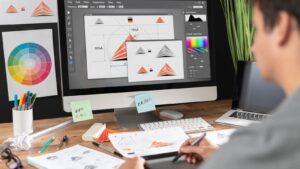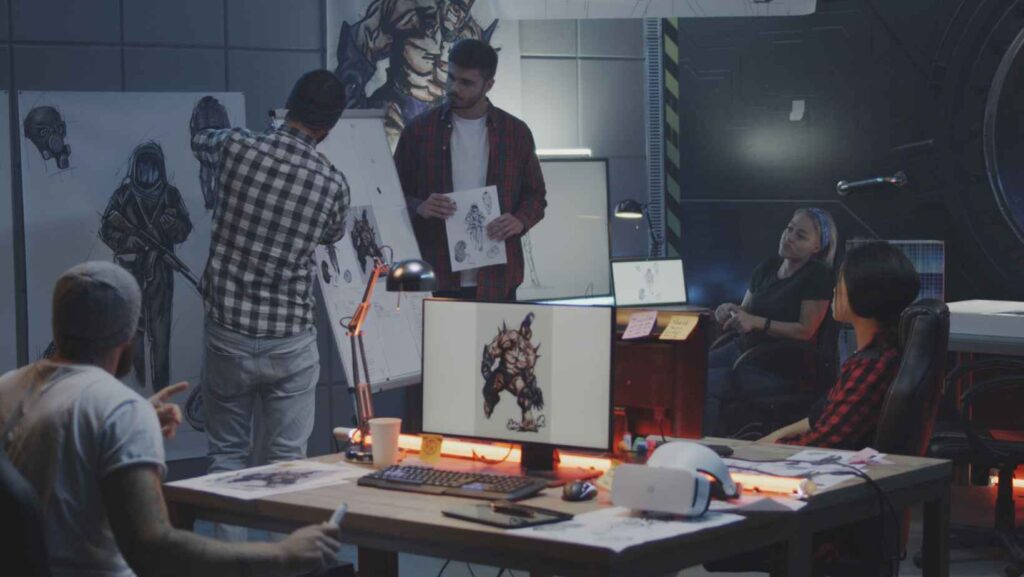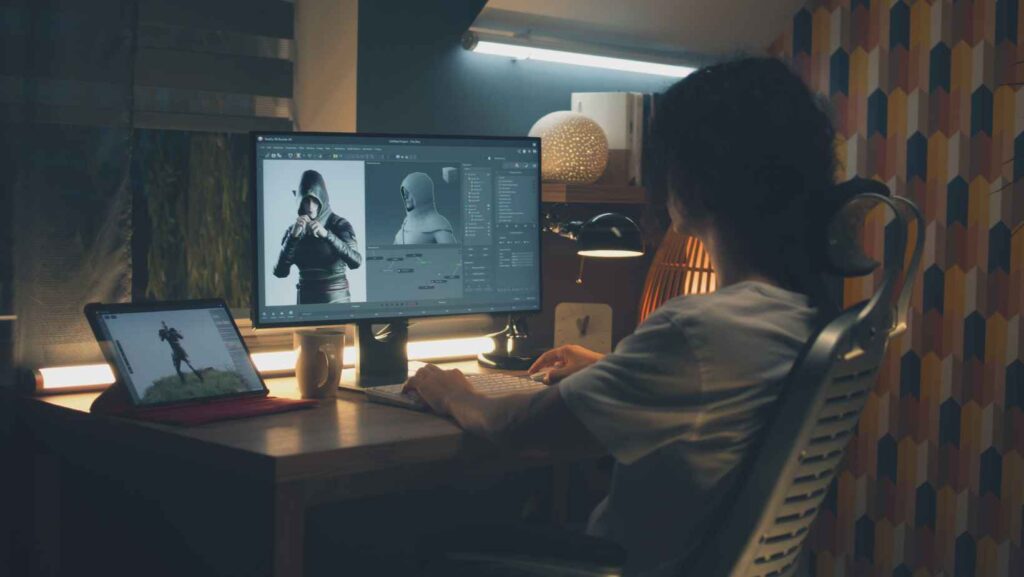In the ever-evolving world of design, the concept of design development stands as a crucial cornerstone. It’s the bridge that connects abstract, creative ideas with tangible, functional products. This process is where raw ideas are refined, tested, and transformed into practical solutions that meet the needs of users and clients alike.
So, whether you’re a seasoned designer, an aspiring one, or simply someone intrigued by the design world, understanding design development is key. Let’s delve into this fascinating process and uncover its significance in crafting impactful designs.
Understanding Design Development
Design development, in essence, is the stage within the design process where concepts and ideas mature into functional designs. This stage, marked by intense iteration and refining, aligns aesthetics, functionality, and feasibility to create practical, visually appealing products.
Key Components of Design Development

When one scrutinizes design development, three integral components become apparent: conceptual design review, detailed design process, and design validation and refinement.
- Conceptual Design Review: This involves evaluating initial design concepts against project requirements, aesthetic standards, and practical constraints. Here, designers balance creativity with reality, carving out design paths that encompass both vision and feasibility.
- Detailed Design Process: Post the conceptual design review, designers delve deeper into individual elements of the design. They refine aesthetics, functionality, and user interaction aspects ensuring the design is in line with the project objectives.
- Design Validation and Refinement: Validation plays a crucial role in design development. It involves rigorous testing of the design under simulated conditions to identify potential flaws or improvements. Post validation, the design undergoes refinement to enhance usability, aesthetics, and feasibility.
Mastering these key components of design development equips designers to transform creative ideas into functional, appealing products optimally suited to real-world application.
Design Development
Design development journey impacts industries, morphing ideas into practicality. Enhanced understanding aids in transforming theoretical concepts into concrete designs. Let’s delve deeper into its relevance in architecture, fashion, and technology industries.
Design Development in Architecture
In architecture, design development integrates aesthetics, functionality, and feasibility, ensuring that buildings are not only beautiful but structurally sound and practical. Architects employ various stages, including conceptual design review, detailed design process, and design validation and refinement.
Design Development in Fashion
Design development holds great significance in the fashion industry. It fuses vision with form and fabric, translating rudimentary sketches into wearable art. The process, much like architecture, revolves around initial conceptualization, detailed design, and refinement.

Designers start with mood boards and conceptual sketches, encapsulating their vision. Following this, the detailed design phase involves creating prototypes, choosing fabrics, and finalizing patterns.
In the conceptual review phase, stakeholders assess ideas’ novelty and feasibility. The detailed design phase sees these concepts transformed into wireframes and prototypes. Lastly, the refinement phase involves rigorous testing for usability and functionality, fine-tuning the product to industry standards and user expectations.
Trends in Design Development
Trends play a vital role in the world of design development. They influence the formation and evolution of designs from their inception to the final product. Let’s delve deeper into current trends, including the latest tools and software and the impact of sustainability on design development.
Latest Tools and Software for Design Development
The landscape of design development gets shaped continually by cutting-edge tools and software. Innovations in Augmented Reality (AR) and Virtual Reality (VR) offer immersive experiences, letting designers delve deeper into their creative process.
Software like AutoCAD, Sketch, Adobe XD, and InVision hold the forefront in assisting designers with the formulation of their ideas.
 Impact of Sustainability on Design Development
Impact of Sustainability on Design Development
Sustainability has made a pronounced impact on design development. In present times, an impressive design isn’t just visually appealing but environmentally conscious as well. A surging interest in eco-friendly materials and ethical manufacturing processes has reshaped industries, from architecture to technology and fashion.
For instance, in the fashion industry, slow fashion has emerged as a movement prioritizing quality over quantity, catalysing designs that stand the test of time. Buildings designed with sustainable practices reduce carbon footprints by integrating renewable energy sources, natural lighting, and water-efficient fixtures. Designers in the technology sector, too, are embracing eco-design principles, producing electronic devices that are energy-efficient and easier to recycle.



